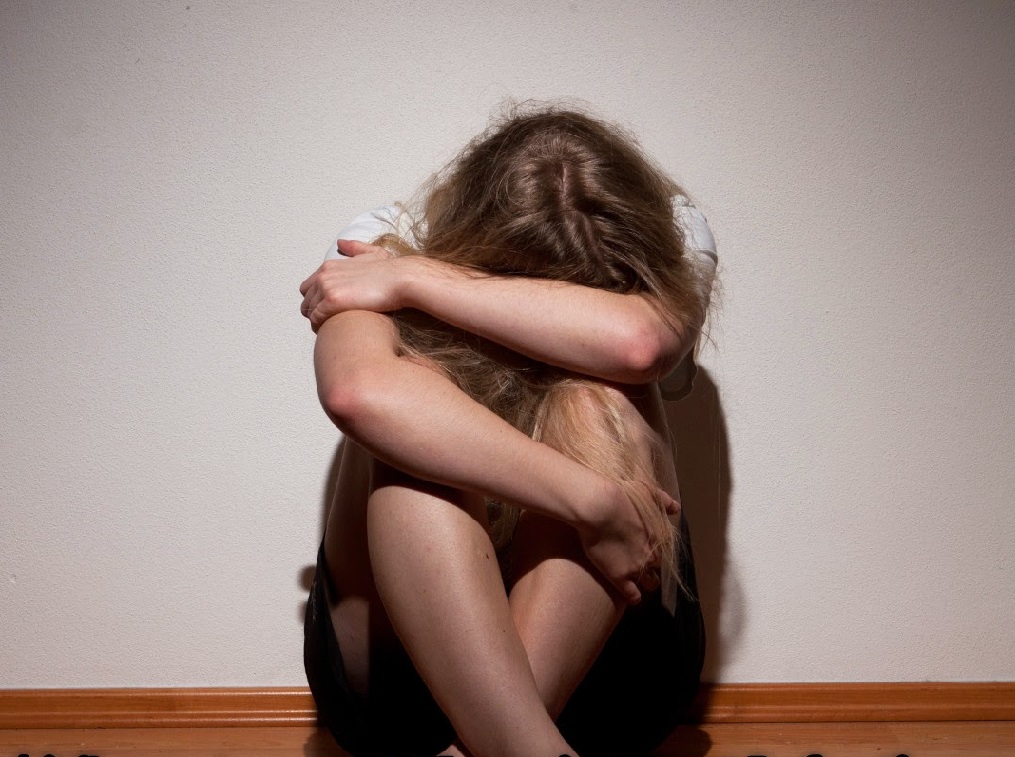Yeast Infection Symptoms, Causes, Diagnosis and Treatment

What Is Yeast Infection ?
Vagnitis is characterized by the inflammation of vagina; yeast infection tends to be one of its types. In addition to this, a woman with yeast infection may complaint:
- Vaginal discharge.
- Extreme itching.
- Vaginal irritation.
It affects the vagina, as well as the tissues of vulva. Also known as vaginal candidiasis, the type of vagnitis is common. Around 75% of women are estimated to develop it once in their lifetimes, wherein many of such develop two or even more of the yeast infections.
This vaginal infection is not assumed to be a sexually transmitted infection; however the fungus responsible for triggering it can be transmitted by means of oral-genital contact. Often, simple treatment works wonder for yeast infection, though, not with the case of recurrence, that is developing 3-4 times in a particular year. For such a case, the patient needs a prolonged therapy course, in combination with a maintenance plan.
What Are The Symptoms Of Yeast Infection ?
The signs of yeast infection can range in terms of intensity and may include:
- Irritation and itching in the vagina and vulva.
- Vaginal soreness and pain.
- Swelling and redness of vulva.
- Burning sensation, often while passing urine or during intercourse.
- Thick vaginal discharge.
What Causes Yeast Infection ?
Fungus candida is responsible for triggering yeast infection. Besides bacteria, this microorganism also tends to prevails in the vagina. Naturally, the vagina holds a balanced combination of bacteria and yeast. In addition to this, lactobacillus bacteria make acid that discourages the excessive production of yeast. Though, disturbance in the natural balance can consequent in the overproduction of yeast.
Excessive yeast in the vagina can result in vaginal burning and itching, rooting some other indications of yeast infection as well. Few factors are known to source the overproduction of yeast, these are:
- Usage of antibiotics.
- Uncontrolled diabetes.
- Pregnancy.
- Weakened immune system.
- Something that changes the amount and type of bacteria that normally prevails in vagina, for example douching.
How Is Yeast Infection Diagnosed ?
In order to detect yeast infection, the health care provider will:
- Need detailed answers of some of his questions related to the medical history of the patient.
- Conduct a pelvic exam.
- Need vaginal secretions as a sample for testing.
How Is Yeast Infection Treated ?
The treatment of yeast infection relies upon whether the patient has a complicated or uncomplicated infection.
Complicated yeast infection: In order to treat complicated yeast infection, treatment options include:
- Multidose oral medication.
- Long-course vaginal therapy.
- Maintenance plan.
Uncomplicated yeast infection: In order to treat infrequent episodes or mild to moderate signs, the health care provider can suggest:
- Single-dose oral medication.
- Short-course vaginal therapy.
Often, the sex partner needs no treatment for the yeast infection. Though, in case of recurrent yeast infections, the health care provider can suggest treating your partner, if he has indications of a genital yeast infection.
By : Natural Health News




